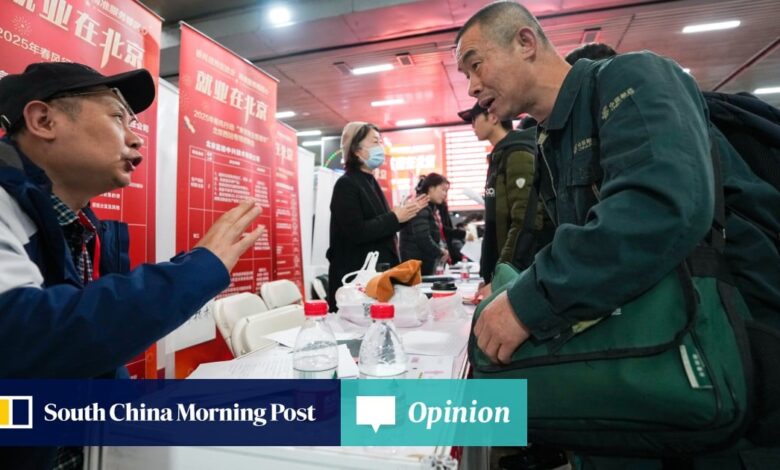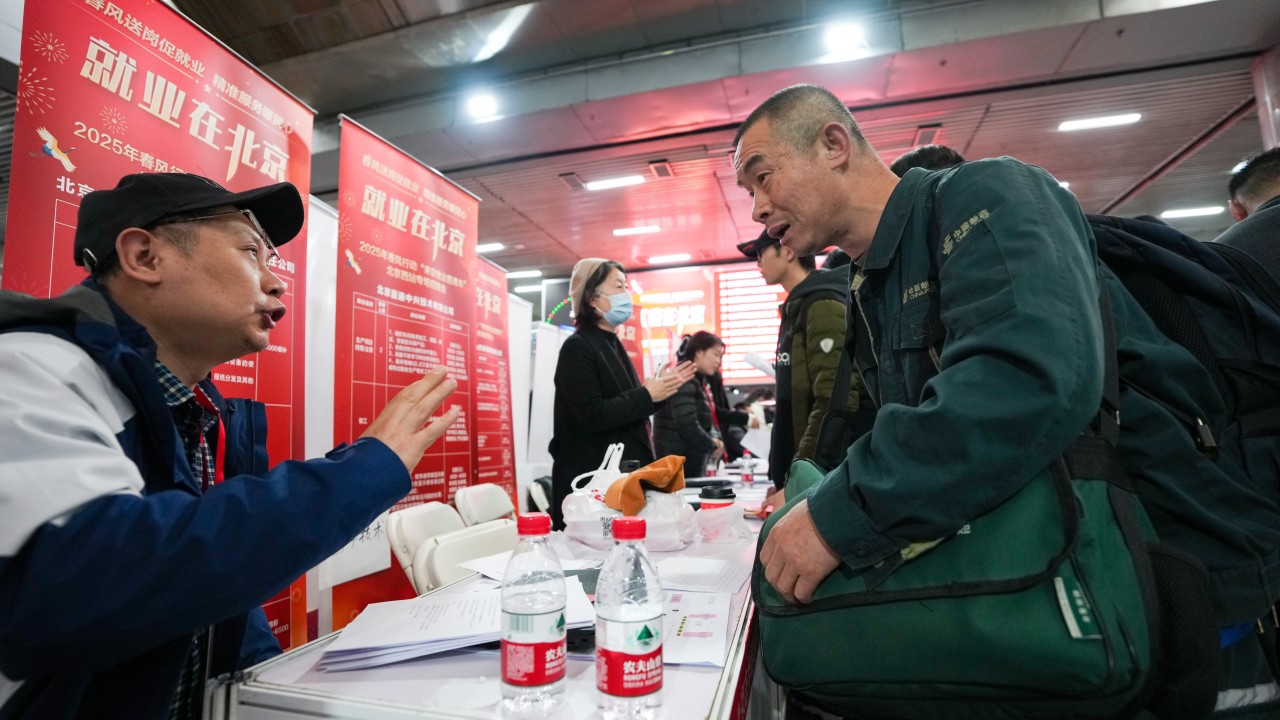Opinion | China can take a leaf from post-war America on work-relief programmes


To combat the economic devastation of the Great Depression, US president Franklin D. Roosevelt deployed work-relief programmes – providing government-funded jobs for the unemployed – on a massive scale to stimulate demand and restore household confidence. Nearly a century after America’s New Deal, China is quietly integrating a similar concept into its latest push for consumption-led growth.
Work-for-relief has long been deployed in rural China, though it rarely makes headlines. Historically, after natural disasters, officials mobilised farmers to repair roads or construct water systems, combining immediate relief for households with lasting social benefits. In post-Mao China, work-relief programmes were adopted by Beijing as a key strategy for poverty reduction.
For two decades, real estate and infrastructure fuelled China’s growth, providing steady employment for migrant workers. Since 2020, a property downturn and a slowdown in new construction have left millions without a stable income.
Source link



